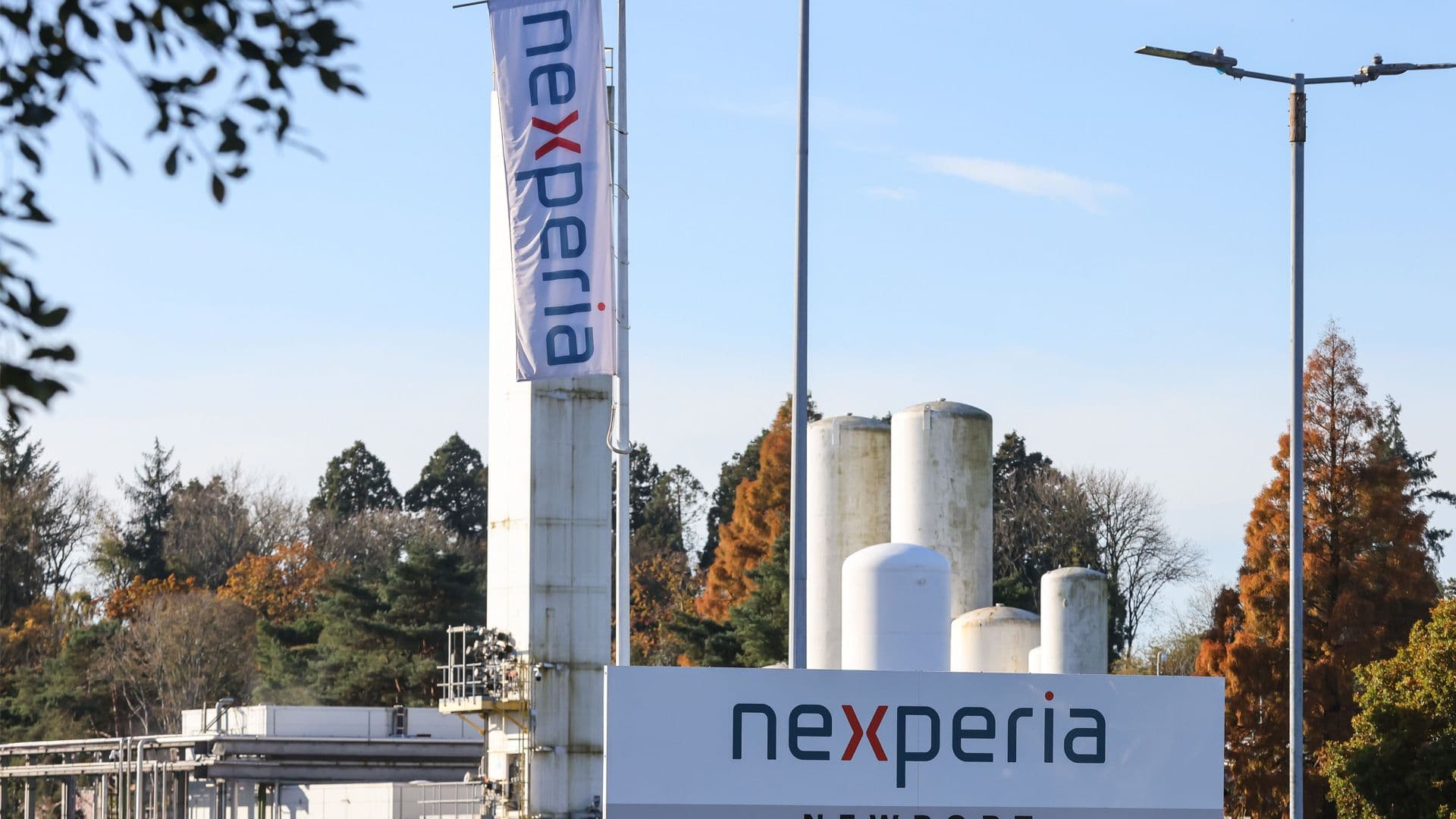Single Nexperia Plant in China Exposes Auto Chip Supply Fragility
A Reuters investigation found that one Nexperia factory in China has become a critical choke point for global automotive chip supplies, supplying specific logic and discrete components widely used by automakers. The concentration raises risks for vehicle production worldwide, prompting renewed pressure on manufacturers and policymakers to harden supply chains and diversify manufacturing capacity.

A single semiconductor plant operated by Nexperia in China’s industrial south has emerged as a disproportionately important node in the global auto chip network, according to a Reuters investigation published on November 24, 2025. The factory produces certain logic and discrete components that are essential to electronic systems in modern vehicles. Because many carmakers and tier one suppliers rely on a narrow set of back end suppliers for these parts, disruptions at the site, whether operational, regulatory or logistical, transmit quickly through production schedules from Asia to Europe and North America.
The story illustrates how low visibility at a local production level can yield outsized global effects. In recent months the plant experienced production bottlenecks that tightened shipments of the specific component families it supplies. The result has been longer lead times for parts that are not easily substituted on short notice, complicating assembly line plans and inventory management across multiple automakers. Industry analysts and supply chain managers have flagged the vulnerability created by concentrated production for a handful of component types, calling attention to a weak spot that large industrial purchasers had not fully anticipated.
The market implications are immediate and practical. Automakers operate with lean inventories and tightly scheduled just in time logistics, practices that reduce costs but increase sensitivity to supply interruptions. When a single supplier accounts for the final processing of widely used chips, the ability of OEMs to reroute orders or swap designs is limited. Suppliers further down the chain face pressure on margins because an inability to deliver modules or subsystems cascades into contract penalties and production idle time.
From a policy perspective the revelation arrives at a sensitive geopolitical moment. Governments in Europe, the United States and parts of Asia have in recent years increased scrutiny and support for domestic semiconductor capacity, citing national security and industrial resilience. The identification of a single foreign production node as a choke point will likely strengthen arguments for targeted incentives, strategic stockpiles and stricter disclosure requirements for critical component sourcing. Regulatory interventions could include requirements for greater supplier diversification or transparency from large buyers in strategic sectors such as automotive.
In the longer term, the episode underscores several trends that were already reshaping the industry. Firms are accelerating efforts to map end to end supply chains, to invest in alternative capacity abroad, and to redesign parts to be more fungible across multiple suppliers. These adjustments come at a cost. Building redundant capacity and requalifying components takes time and capital, and could raise vehicle costs or compress margins for suppliers.
The Nexperia plant case is a stark reminder that even as semiconductor fabrication expands globally, the final stages of production for particular component types can remain concentrated in small numbers of facilities. Until automakers and policymakers address that imbalance, localized disruptions will continue to pose systemic risks to global vehicle production.


